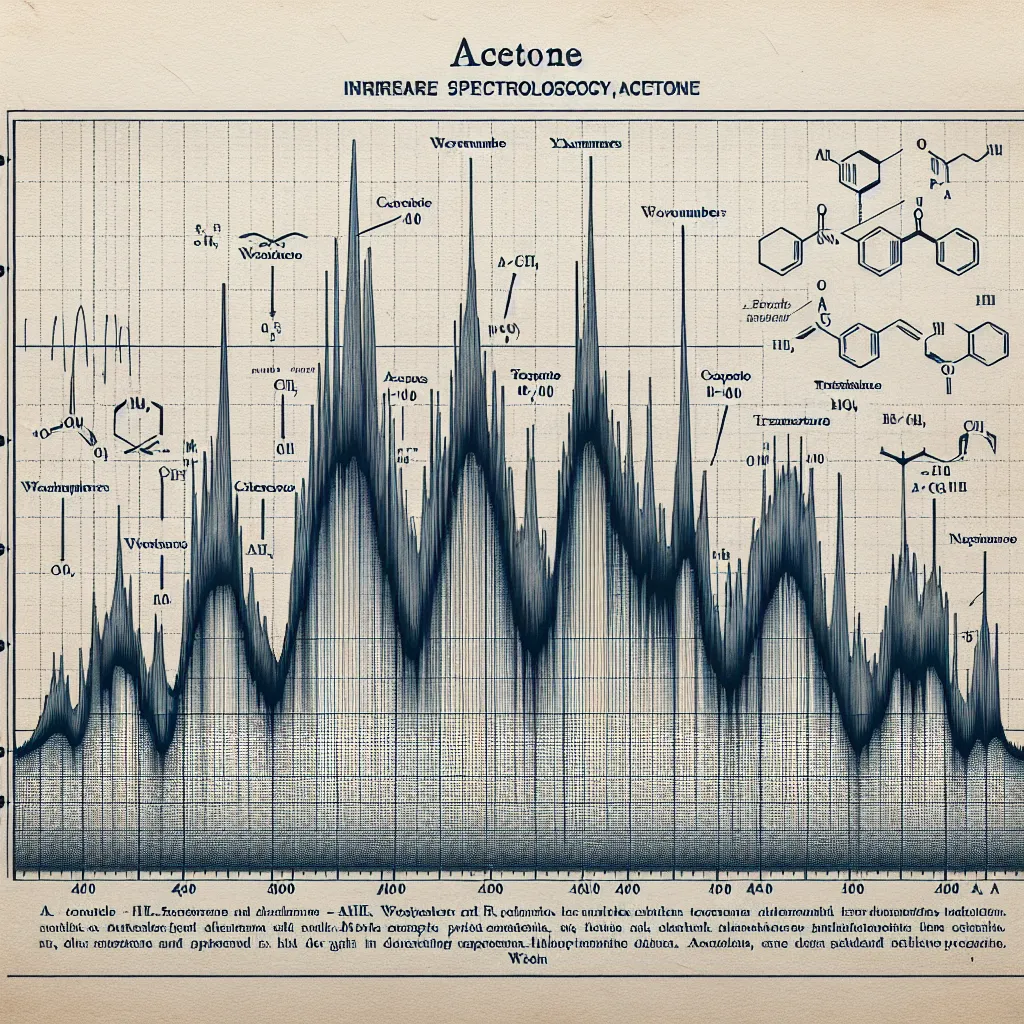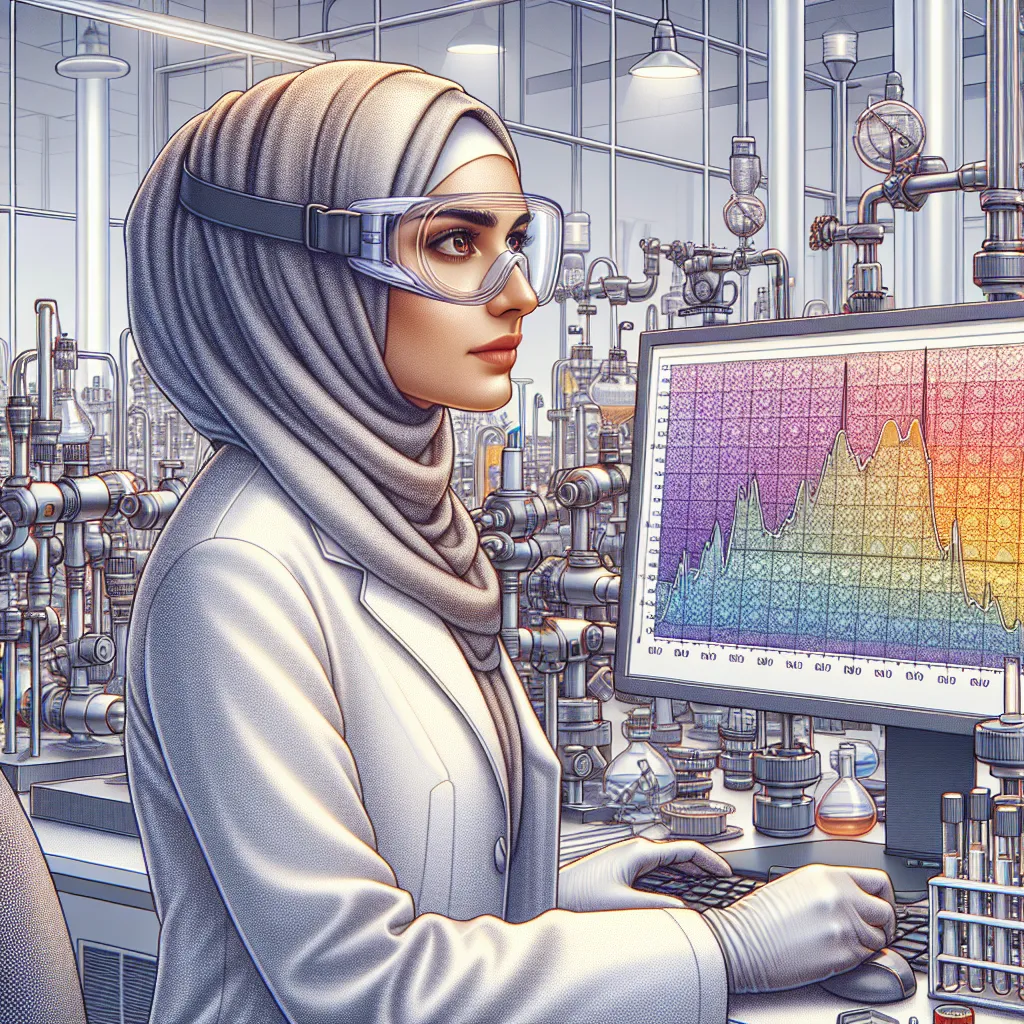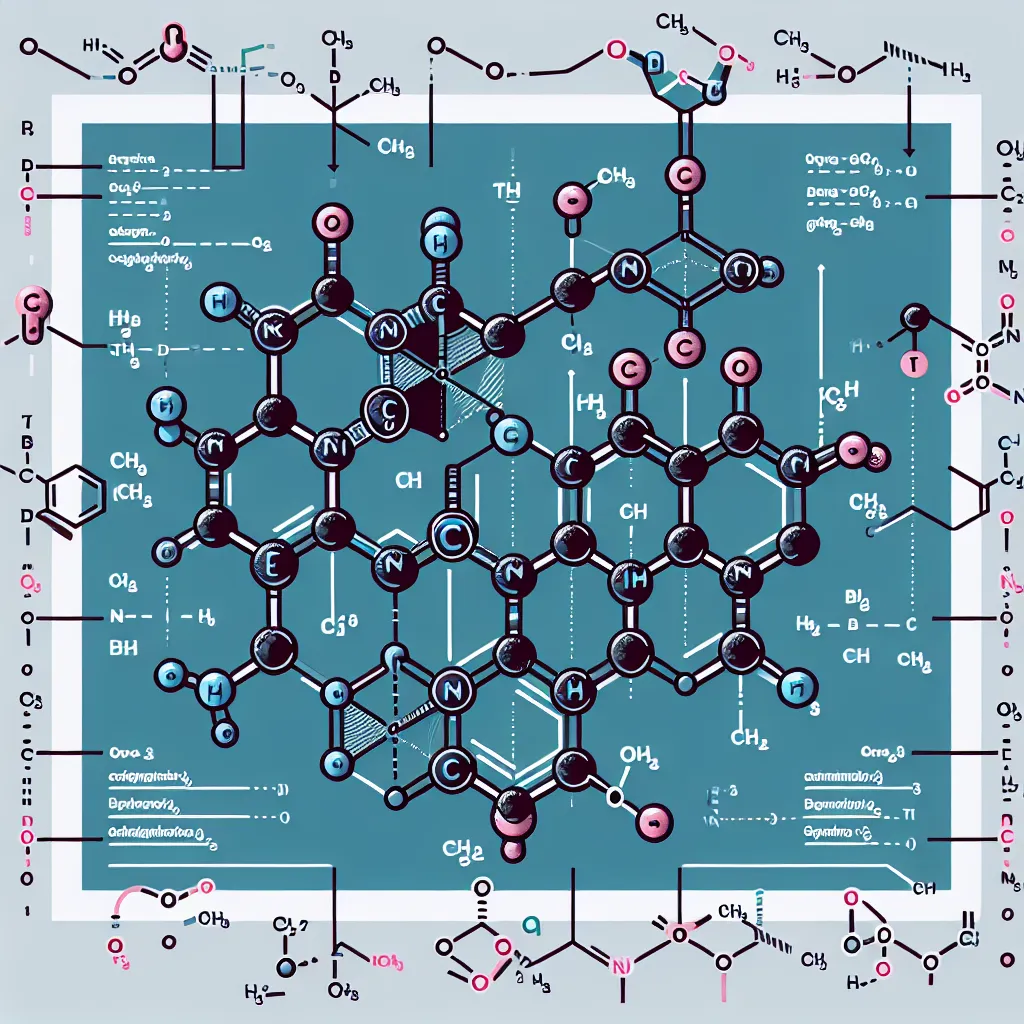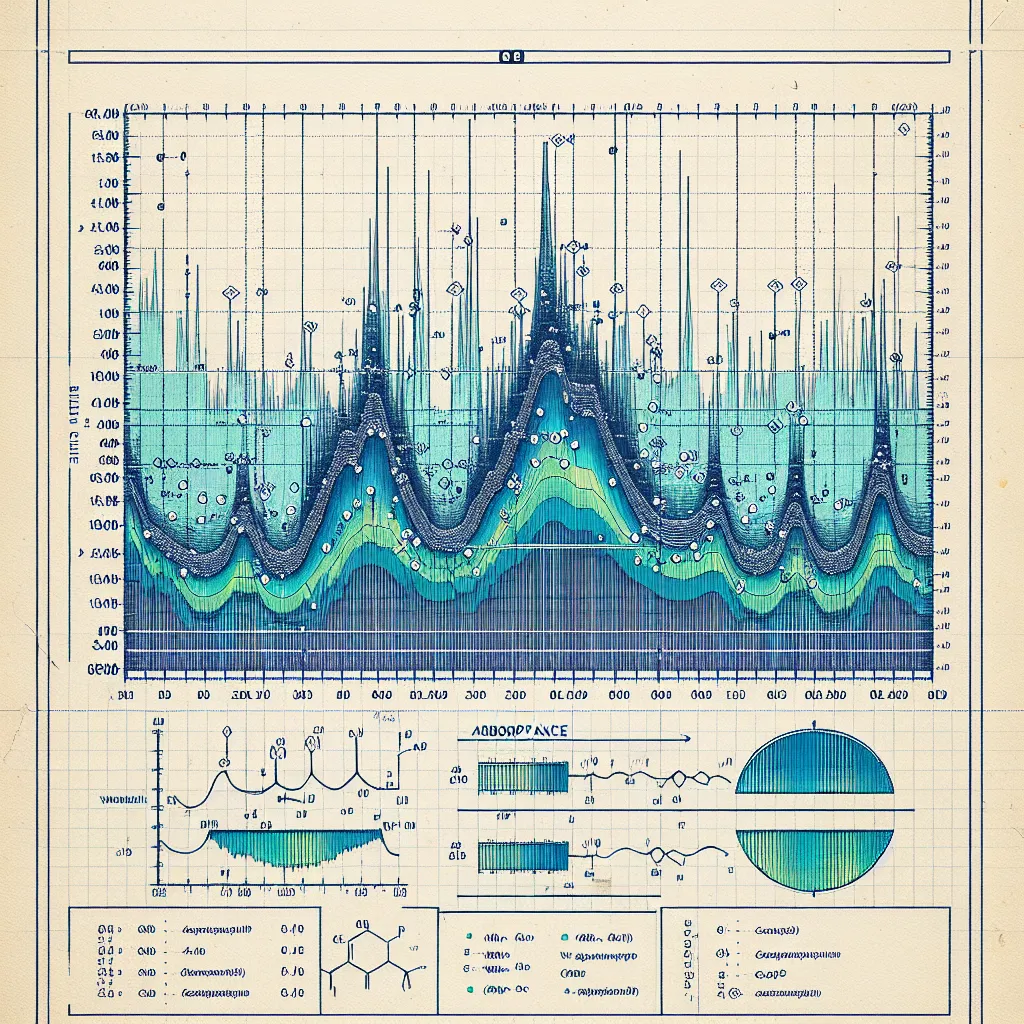Ask AI on The Internet
Question: INTERPRETATION OF IR RESULTS OF acetone .
Infrared (IR) spectroscopy is a powerful analytical tool used to identify functional groups in a molecule based on the absorption of specific wavelengths of infrared light, which causes molecular vibrations. When interpreting the IR spectrum of acetone (CH₃COCH₃), you should focus on the characteristic absorption bands that correspond to different functional groups in the molecule. Here are key points to look out for: 1. **Carbonyl Stretch (C=O):** - **Range:** 1700 – 1750 cm⁻¹ - **Typical for Acetone:** Around 1715 cm⁻¹ - This is a strong, sharp absorption band and is one of the most prominent features of the acetone IR spectrum. It represents the stretching vibration of the carbonyl group. 2. **C-H Stretching (Alkyl Groups):** - **Range:** 2850 – 2960 cm⁻¹ - Acetone has methyl (CH₃) groups attached to the carbonyl carbon, so you will observe stretches in this region corresponding to the C-H bonds. 3. **C-H Bending (Methyl Groups):** - **Range:** Typically around 1375 cm⁻¹ and 1450 cm⁻¹ - These bending vibrations are associated with the CH₃ groups on either side of the carbonyl group. 4. **Other Notable Regions:** - There may be other weak absorptions in the fingerprint region (below 1500 cm⁻¹), but these are less significant and harder to attribute to specific groups without more detailed analysis. **Example of an IR Spectrum Interpretation for Acetone:** - **1715 cm⁻¹:** Strong, sharp absorption indicating the presence of a carbonyl group (C=O). - **2960, 2930, 2870 cm⁻¹:** Medium absorptions due to the C-H stretching of the methyl groups (CH₃). - **1450, 1375 cm⁻¹:** Medium absorptions corresponding to the bending vibrations of the CH₃ groups. To sum it up, when reviewing the IR spectrum of acetone: 1. Look for a strong sharp peak around 1715 cm⁻¹ indicating the C=O stretch. 2. Identify the C-H stretch regions around 2850 – 2960 cm⁻¹. 3. Note the methyl group bending vibrations near 1375 cm⁻¹ and 1450 cm⁻¹. These characteristic absorptions will help you confirm the presence of acetone and understand the key functional groups in its structure.
Think your answer is better than the AI's? Post it below.
Question Tags
If you want your question answered by an AI, click here.







Post your own comment: